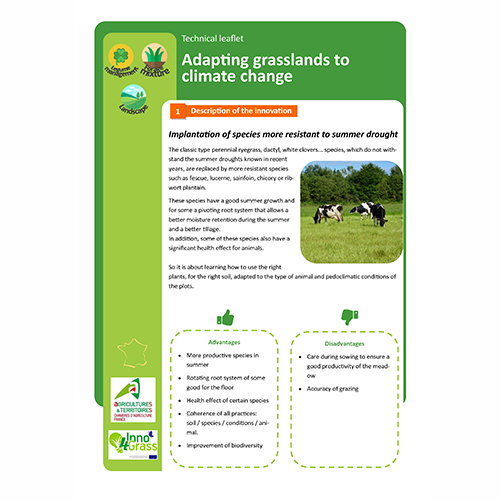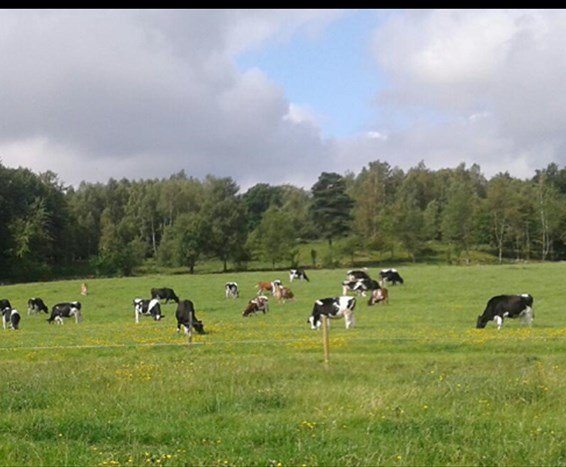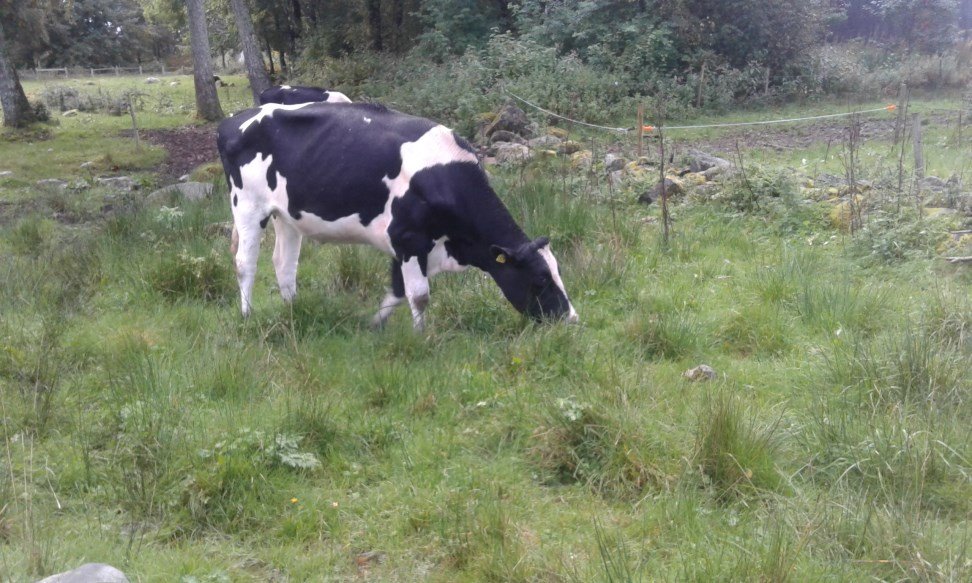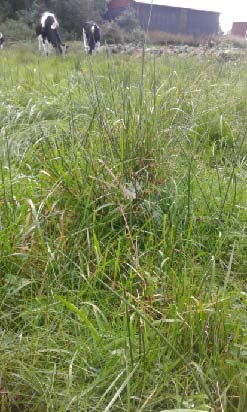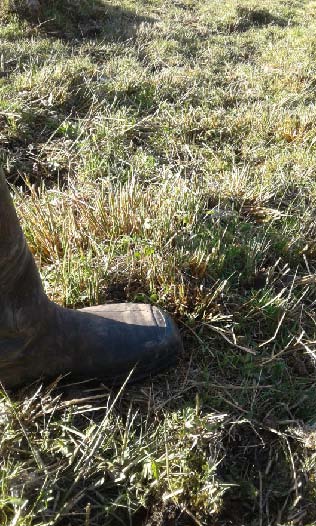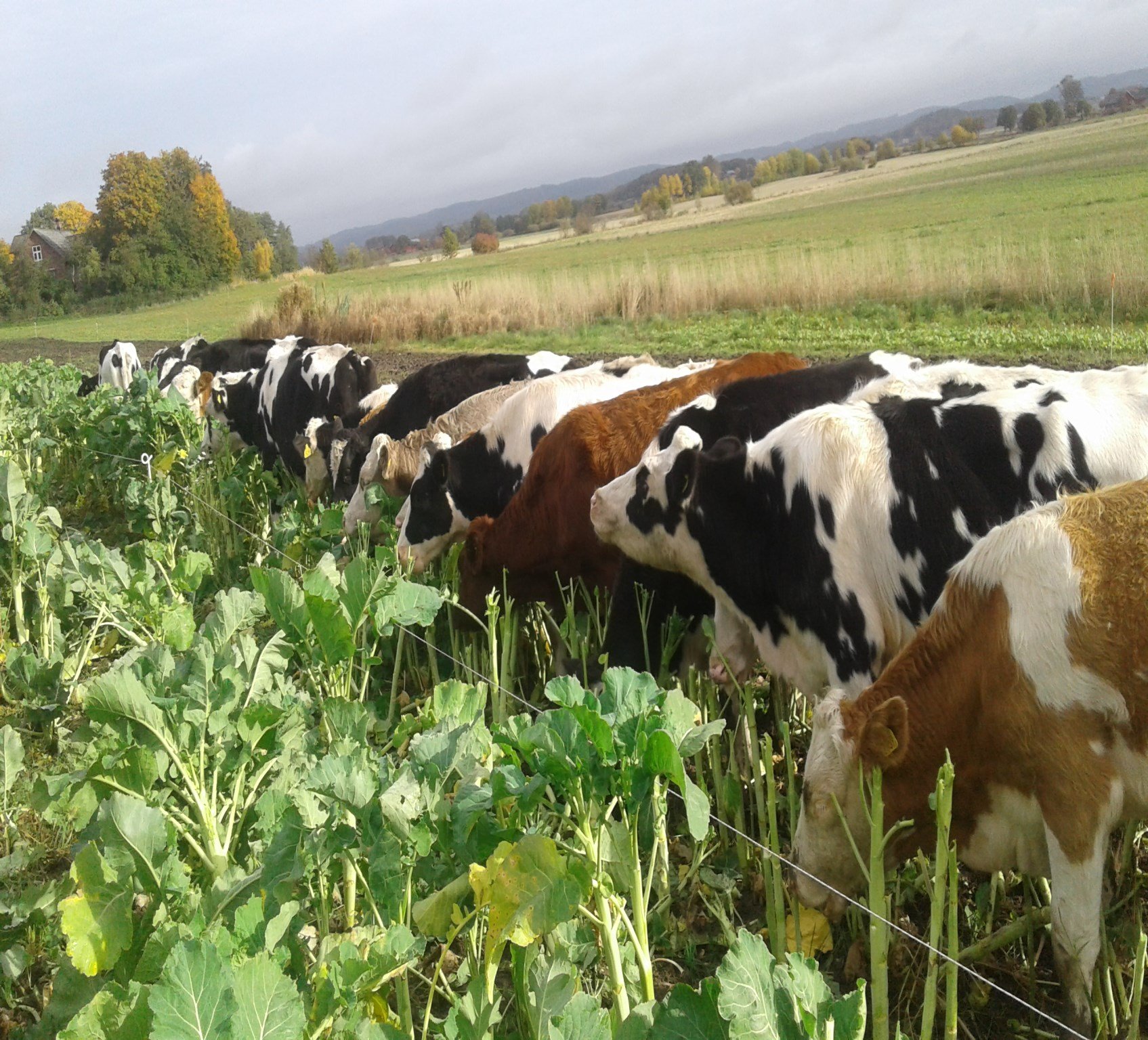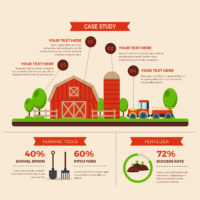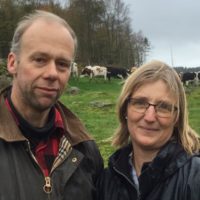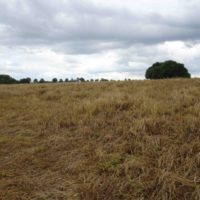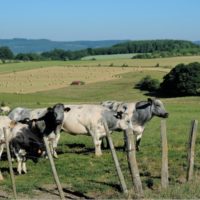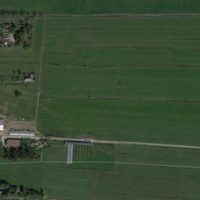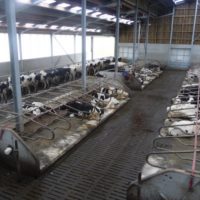A simple system for rotational grazing for heifers and steers
Description
Description of the innovation
Four paddocks give better grassland quality and animal growth
The grazing system at Skogsgård is highly developed, with dairy cows grazing a high-yielding paddock system, but Anna and Anders Carlsson wanted to improve the less-intensive grazing system for heifers and steers. The goal was to get more efficient use with moderate effort through:
- 50% of cattle in early grazing, with big bale silage as a complement.
- The rest when demand is equal to grass growth, on ‘magic day’.
- Rotate cattle between four paddocks once a week.
- Remove 50% of cattle in mid-August. Feed on clover undersown in cereal stubble, ley regrowth or a temporary grazing crop like turnips.
Compared with continuous grazing, the normal way to graze on marginal land, they increase the number of cattle, harvest or force the cattle to graze harder. If there is enough grass for the whole week the stocking rate is adequate.
Water is supplied by standpipes at places where several paddocks meet. Trampling is avoided by providing alternative paths for cattle.
Advantages
- More easy to maintain the right stocking rate
- Increasing yields and quality of grass
- Better daily gain on young stock
- More livestock at the same area
- Better flora and an open landscape
- Moderate efforts
Disadvantages
- More fencing required and water provision increases cost
- Forage production and pasture utili-sation is not optimal
Recommendations to farmers
Anyone who wants to improve an extensive grazing system can try this. It is a better grazing system than continuous grazing with low intensity of labour. The four paddocks result in more efficient pasture use. There is a need for interest and skill to get the right stocking rate. It is more important to have the right residuals after grazing the paddock than the pre-grazing cover.
An optimal post-grazing sward height is important for weed control and maintaining good grass quality over the season. An example of pasture with soft-rush is shown in the photos above. With hard grazing this weed is now decreasing and more palatable grasses are increasing.
In the autumn when the stocking rate needs to be adjusted, young stock is grazing cale and other forages.
Additional information
| Domains of innovation | grazing management system |
|---|---|
| Main types of animal | beef cattle, dairy cattle |
| Country | Sweden |
| Product type | Technical leaflet |
| Language | English, Swedish |
